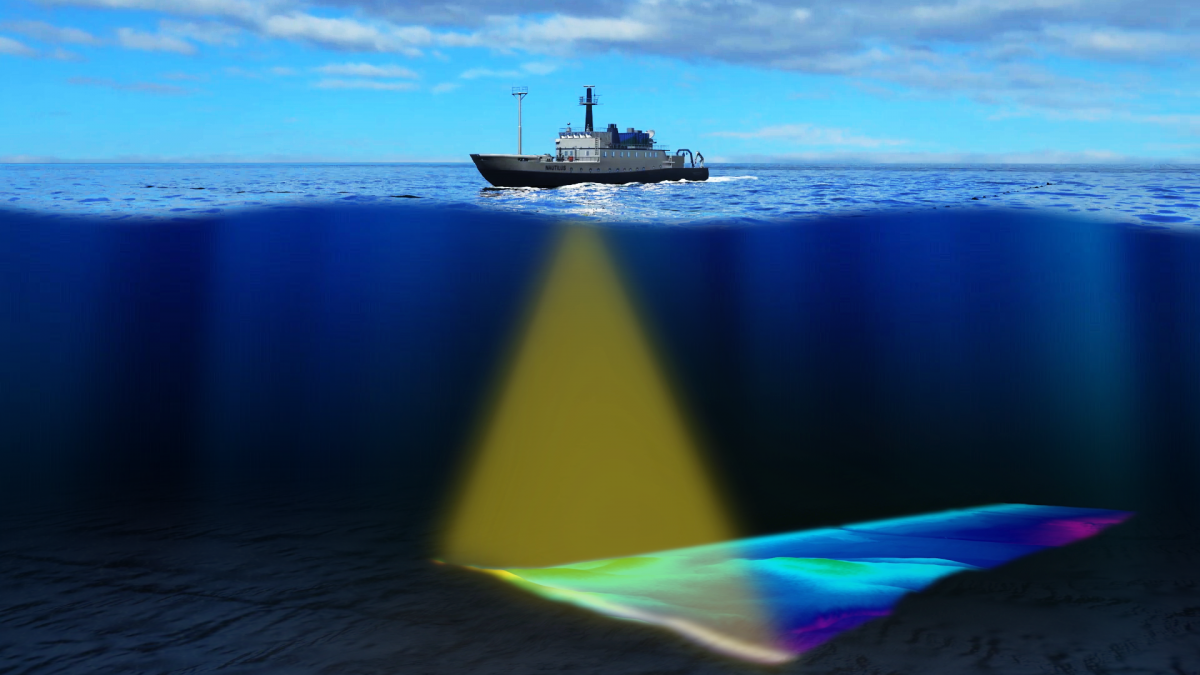IEC 60565-5 Broadband Sonar Transducer Testing
The IEC 60565-5 standard is a critical document for the design, manufacture, and quality assurance of broadband sonar transducers. These devices are integral in various sectors including military, marine technology, and underwater communication systems. The standard provides comprehensive guidance on testing these transducers to ensure they meet stringent performance criteria.
IEC 60565-5 outlines a series of tests that evaluate the electrical and acoustic characteristics of broadband sonar transducers. These tests are essential for confirming that the transducers can operate reliably in harsh underwater environments, where they must transmit and receive high-intensity sound signals accurately. The standard specifies test methods to verify the electrical resistance, impedance matching, frequency response, and output power of these devices.
The testing process involves a series of rigorous procedures aimed at ensuring that the transducers perform optimally under various conditions. Electrical testing includes measuring the DC resistance, AC impedance, and insulation resistance. Acoustic testing focuses on assessing the frequency response, directivity pattern, and output power of the transducer. These tests are conducted using specialized equipment designed to simulate real-world operating conditions.
The importance of this testing cannot be overstated. Inaccurate or unreliable sonar transducers can lead to significant errors in underwater communication, navigation systems, and military applications. Ensuring compliance with IEC 60565-5 is crucial for maintaining the integrity and reliability of these critical components.
The standard also emphasizes the need for thorough documentation and reporting. Detailed test reports must include all relevant data from the electrical and acoustic tests, along with any deviations from specified tolerances. This information is vital for quality control and continuous improvement in manufacturing processes.
Compliance with IEC 60565-5 ensures that broadband sonar transducers meet international standards, which enhances their marketability and reliability. By adhering to these stringent testing protocols, manufacturers can ensure the highest level of performance and accuracy, making them suitable for a wide range of applications.
Why It Matters
The IEC 60565-5 Broadband Sonar Transducer Testing is crucial for several reasons. Firstly, it ensures that the transducers are reliable and perform consistently under various environmental conditions. This reliability is particularly important in critical applications such as military sonar systems, where any failure can have serious consequences.
Secondly, compliance with this standard enhances the interoperability of different systems using these transducers. In a multi-vendor environment, ensuring that all components meet the same standards improves overall system performance and reduces compatibility issues.
The third reason is safety. Accurate sonar transducers are essential for navigation and communication in underwater environments. Any errors can lead to accidents or mission failures, which underscores the importance of thorough testing.
In addition, compliance with international standards like IEC 60565-5 enhances a company’s reputation and trustworthiness. It demonstrates a commitment to quality and reliability, which is essential for building long-term relationships with clients and partners.
Finally, meeting these standards can lead to regulatory approval and certification, opening up new markets and opportunities. This testing ensures that the transducers meet all necessary regulatory requirements, thereby facilitating smoother market entry.
Scope and Methodology
| Test Parameter | Description | Method |
|---|---|---|
| Electrical Resistance | Measure the resistance of the transducer’s electrical components. | Use a multimeter to measure DC resistance and check for continuity. |
| Acoustic Impedance | Evaluate the acoustic impedance matching between the transducer and its load. | Perform impedance testing using specialized equipment that simulates real-world conditions. |
| Frequency Response | Determine the frequency range over which the transducer operates effectively. | Use a network analyzer to measure the frequency response across the required bandwidth. |
| Directivity Pattern | Evaluate how the sound waves are radiated in different directions. | Conduct beamforming tests using an array of hydrophones to measure the directivity pattern. |
| Output Power | Assess the maximum power output that can be delivered by the transducer without distortion. | Measure the output power at specific frequencies and compare it with the specified limits. |
The methodology for testing broadband sonar transducers is meticulous. Each test parameter has a detailed procedure that must be followed rigorously to ensure accurate results. The use of specialized equipment ensures that the tests are conducted under controlled conditions, which closely mimic real-world scenarios. This approach guarantees that any issues identified during testing can be directly attributed to the transducer itself and not external factors.
The results from these tests are meticulously documented in comprehensive reports. These reports include all relevant data, graphs, and charts that provide a clear picture of the transducer’s performance. Any deviations from the specified tolerances are highlighted, along with recommendations for corrective actions if necessary.
Industry Applications
Military Sonar Systems: Broadband sonar transducers play a vital role in military applications such as submarine detection and anti-submarine warfare. They are used to transmit and receive sound signals that help locate and track submarines.
Underwater Communication Systems: These transducers facilitate communication between vessels, submarines, and other underwater craft. Reliable sonar transducers ensure clear and accurate communication in challenging environments.
Oceanographic Research: Scientists use broadband sonar transducers for deep-sea exploration and research. They are essential tools for studying marine ecosystems, mapping ocean floors, and monitoring ocean currents.
Naval Warfare: The accurate identification of targets using sonar is critical in naval operations. Broadband sonar transducers help enhance the accuracy and reliability of such systems.
Marine Surveying: These devices are used to survey underwater terrain, map coastlines, and search for lost objects or structures at sea.
Environmental Monitoring: Sonar transducers contribute to environmental monitoring by providing data on water quality, fish populations, and other marine life.
The applications of broadband sonar transducers are vast and varied. They are indispensable tools in a wide range of industries that require precise underwater acoustic measurements and reliable communication systems.





